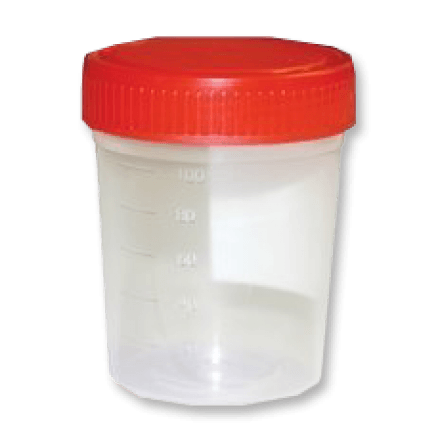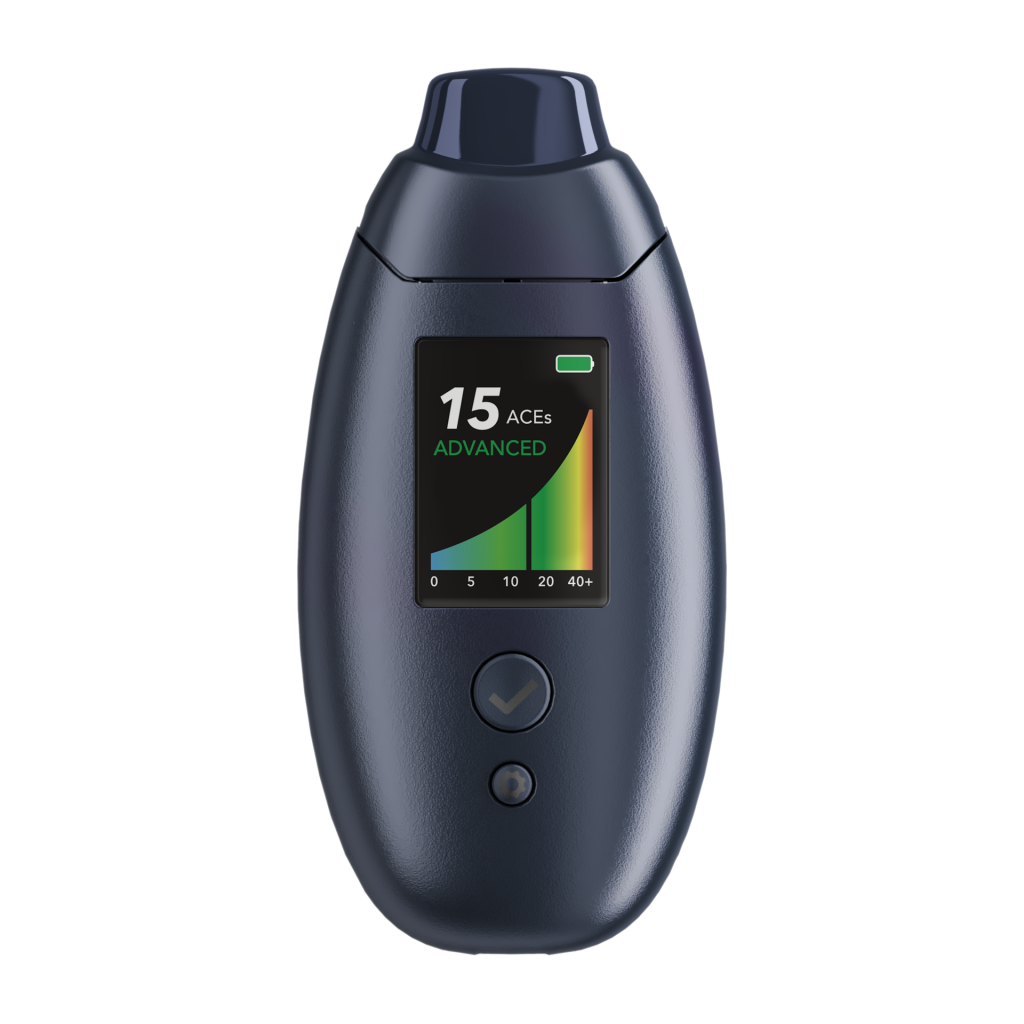Dig a little deeper
Guidelines for following a low-carb lifestyle are simple, well established, and easy to understand. But the truth is that people often react very differently to the same lifestyle change, and it can be quite difficult to tease out the effects certain foods have on your own metabolism. This is why measuring your ketones is essential if you want to fully reap the rewards of a low-carbohydrate lifestyle.
Ketone tracking is hugely beneficial to first-time carb cutters, as these people often test out which choices might increase their ketone levels. But it’s also useful for anyone who has already reached nutritional ketosis and strives to stay there. After all, understanding what kicks you out of ketosis is just as valuable as understanding what puts you in it!
How does the ACEs unit compare to other measurements?
Breath acetone is a proxy for the level of acetoacetate (AcAc) in your blood. Your blood meter is measuring beta-hydroxybutyrate (BHB), which is a different ketone in your blood. The ACEs unit is approximately 10x the blood ketone value. Keep in mind that this ratio is dependent upon the individual and on several other factors — one example being that blood and breath ketones do not change at the same rate.
Comparing the methods: Blood, Breath, and Urine

Measuring ketones in urine is one of the most common ways to test ketone levels. Though urinary testing is cost-effective, it suffers from several major disadvantages. First, results from urinary ketone tests are low-resolution and provide only a rough indication of your state of ketosis. Beyond that, urinary testing provides only an average since the previous test rather than an instantaneous value. The reading can also vary with your level of hydration and the amount of time the urine has been in the bladder — factors that are difficult to control for. Additionally, urinary ketones tend to be higher in the early stages of carb restriction and often return to baseline after the body adapts to using ketones for fuel.
 Measuring ketones in blood is a more precise and accurate way to test for ketosis than urinary tests. Blood tests require you to prick your finger with a lancing device, apply a drop of blood to a test strip, and insert that strip into a blood meter. Not only is this process invasive and painful, but it also requires time and space to set up all your supplies, safely perform a measurement, and clean up afterward. This makes it very difficult to perform more than one measurement per day or test ketone levels on the go. Also, because blood test strips are single-use supplies (like urine strips), many find the cost of regular blood testing to be highly discouraging.
Measuring ketones in blood is a more precise and accurate way to test for ketosis than urinary tests. Blood tests require you to prick your finger with a lancing device, apply a drop of blood to a test strip, and insert that strip into a blood meter. Not only is this process invasive and painful, but it also requires time and space to set up all your supplies, safely perform a measurement, and clean up afterward. This makes it very difficult to perform more than one measurement per day or test ketone levels on the go. Also, because blood test strips are single-use supplies (like urine strips), many find the cost of regular blood testing to be highly discouraging.  Measuring ketones in the breath is more convenient than urine testing and less invasive than blood testing. Most breath meters offer unlimited testing without the need for costly disposable supplies. This makes it easier and cheaper to test more frequently and track the effects of certain choices on your ketone levels wherever you are. BIOSENSE® is an advanced breath ketone meter developed by Readout Health that delivers high-resolution ketone data in a simple way. The device provides readings from 0-40 ACEs, a unique measurement unit for acetone levels. This stands in contrast to previous breath meters, which indicate only broad ranges rather than precise readings.
Measuring ketones in the breath is more convenient than urine testing and less invasive than blood testing. Most breath meters offer unlimited testing without the need for costly disposable supplies. This makes it easier and cheaper to test more frequently and track the effects of certain choices on your ketone levels wherever you are. BIOSENSE® is an advanced breath ketone meter developed by Readout Health that delivers high-resolution ketone data in a simple way. The device provides readings from 0-40 ACEs, a unique measurement unit for acetone levels. This stands in contrast to previous breath meters, which indicate only broad ranges rather than precise readings.




